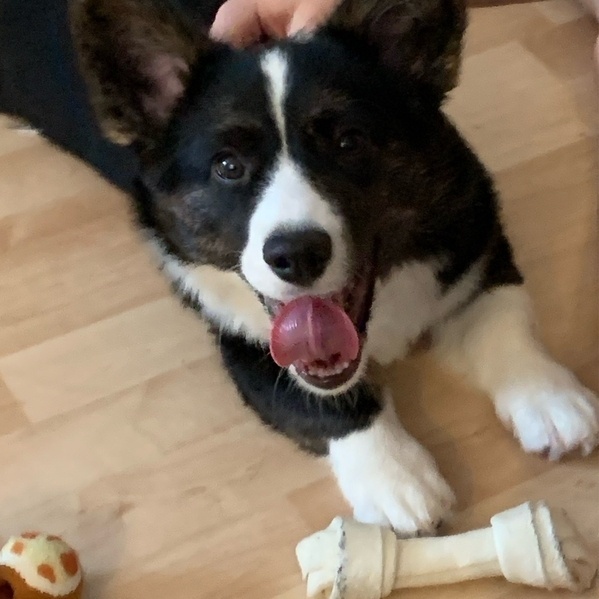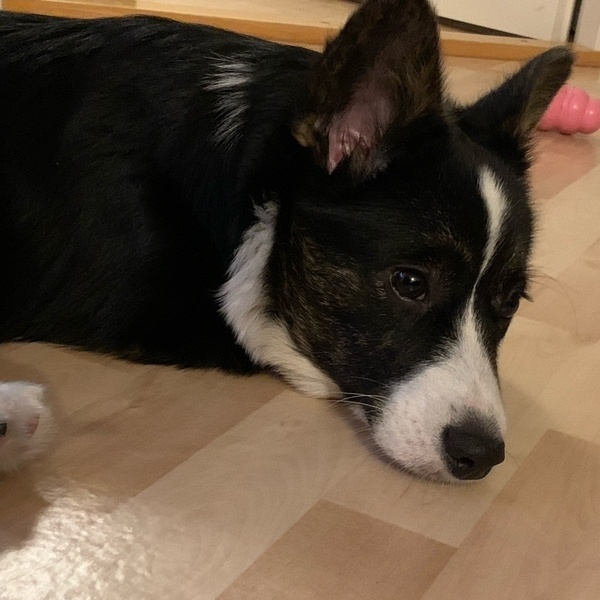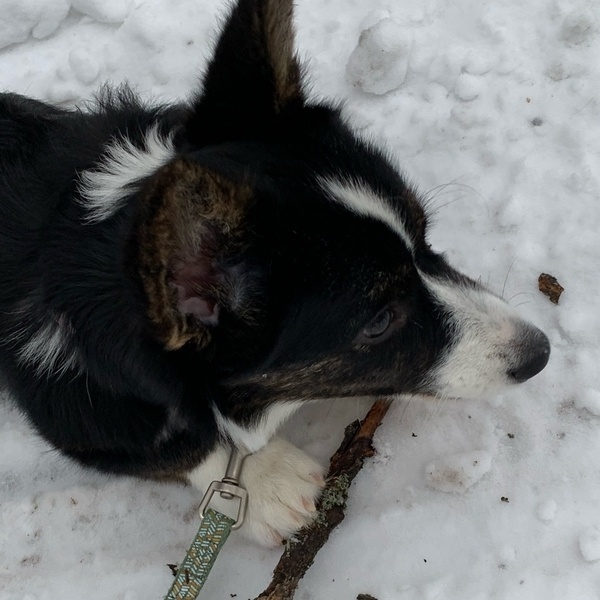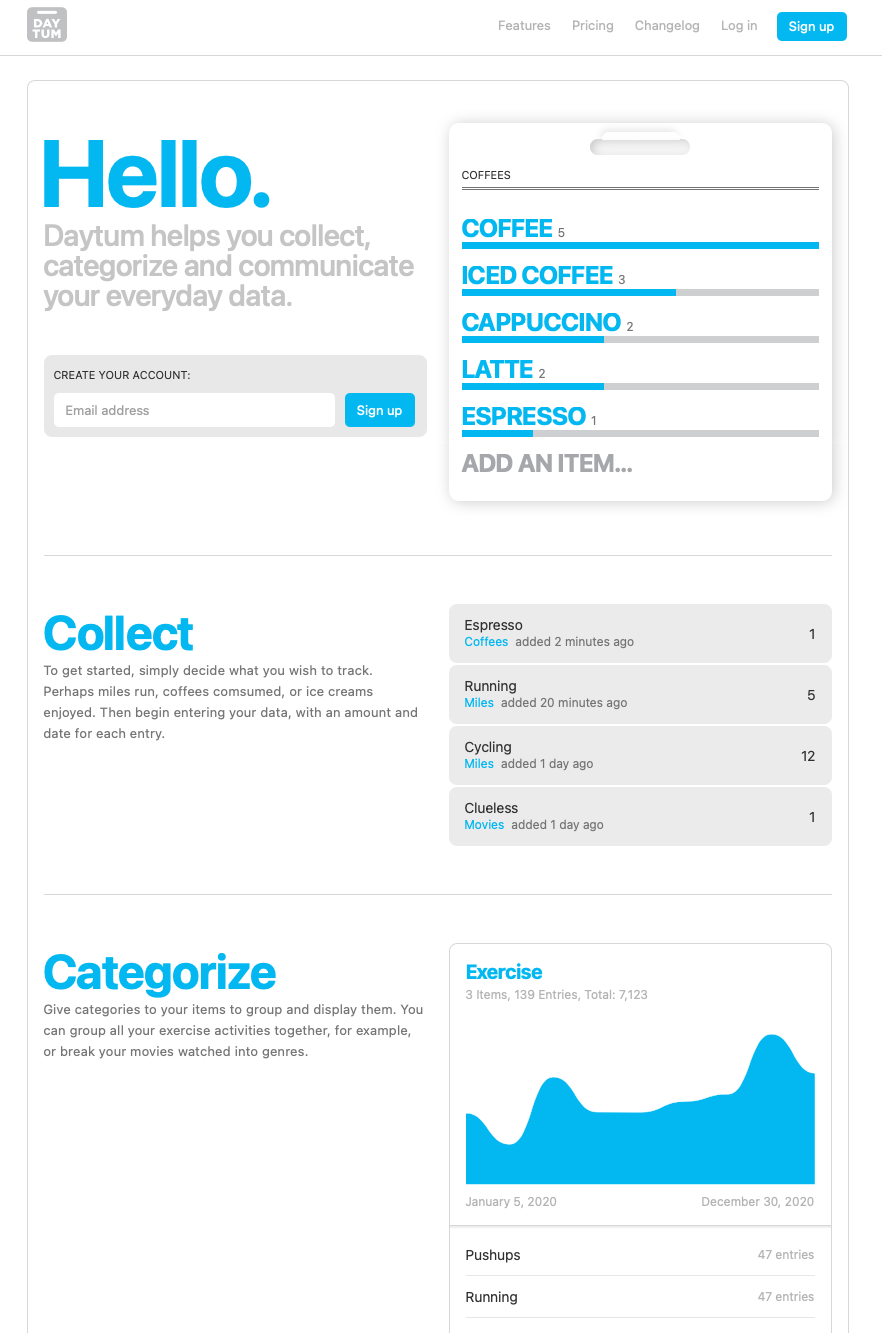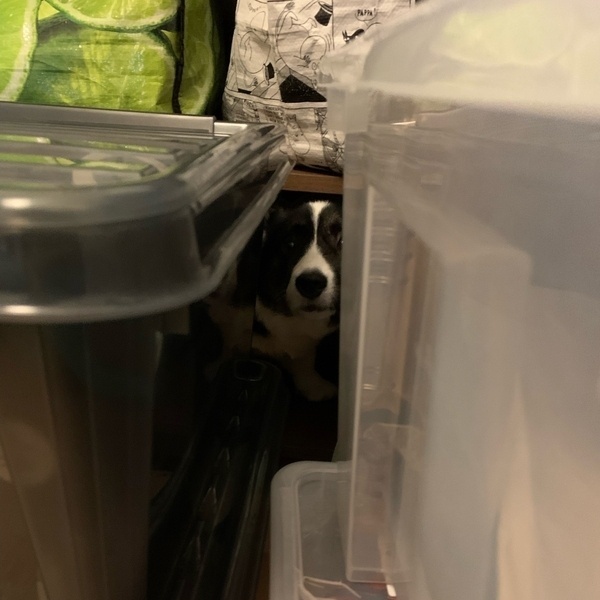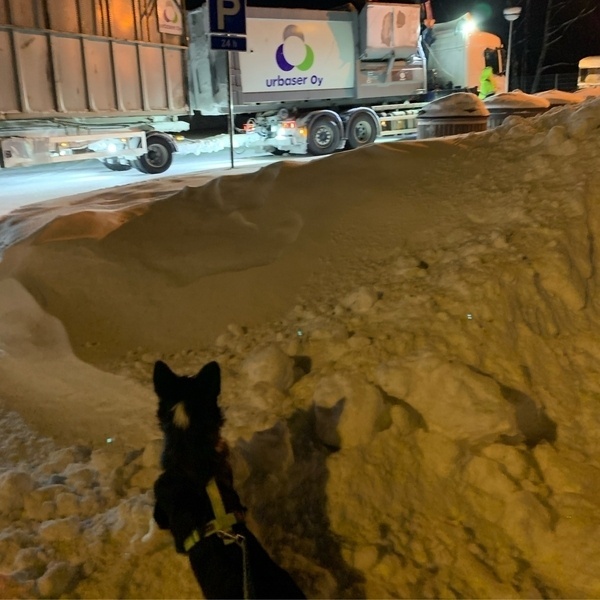Due is a wonderful reminders and timers app for the Mac and iPhone/iPad that syncs via iCloud. Due has been around for ages (maybe a decade?) and it is still a great app that gives me a lot of functionality.
What makes Due so special is twofold: Firstly if a reminder is due in Due it is annoyingly persistent. This means that you won’t ignore the reminder ever which is great. Secondly Due has a great snooze system which allows you to quickly postpone a Due reminder to a later time. Taken together these two features mean, that you won’t mark reminders completed that aren’t really completed and you won’t ignore the nudge that an overdue reminder gives you. It narrows down your options to: “I’m going to do this now!” or “I’m going to this later. I imagine I will do it at this time.”
Due is great for things that wouldn’t fit well on a calendar or would clog it up. It’s great for repeating tasks that need to be done on a specific time but don’t have a clear duration (feeding the dog at specific times a day, for example). It’s great for one-offs as well, where you want to or need to do something later but might forget about it. Due has some natural language parsing built-in so creating new reminders or snoozing them is easy and fast. Due has shortcuts integration, too. It’s a surprisingly versatile app.
One other thing I love is its subscription model. Before you throw your hands up, read these paragraphs:
When your year of free feature upgrades is up, you get to keep every feature that you already have access to, and you’ll continue to receive free app updates for as long as I’m in business.
You’ll also start seeing features that you have no access to. If you want these features, you can subscribe to the Due Upgrade Pass, which gives you another year of paid feature upgrades.
And like those you have unlocked earlier, you get to keep everything you have unlocked during your subscription period—permanently—even after the subscription expires, even if you choose to unsubscribe right after subscribing.
—Due Blog - The Future of Paid Upgrades
Due is one of my greatest productivity boons. One of my absolute faves. Please give it a try if you haven’t already. And if you had done so in the past: maybe give it another try. Due has only gotten better over the years.

